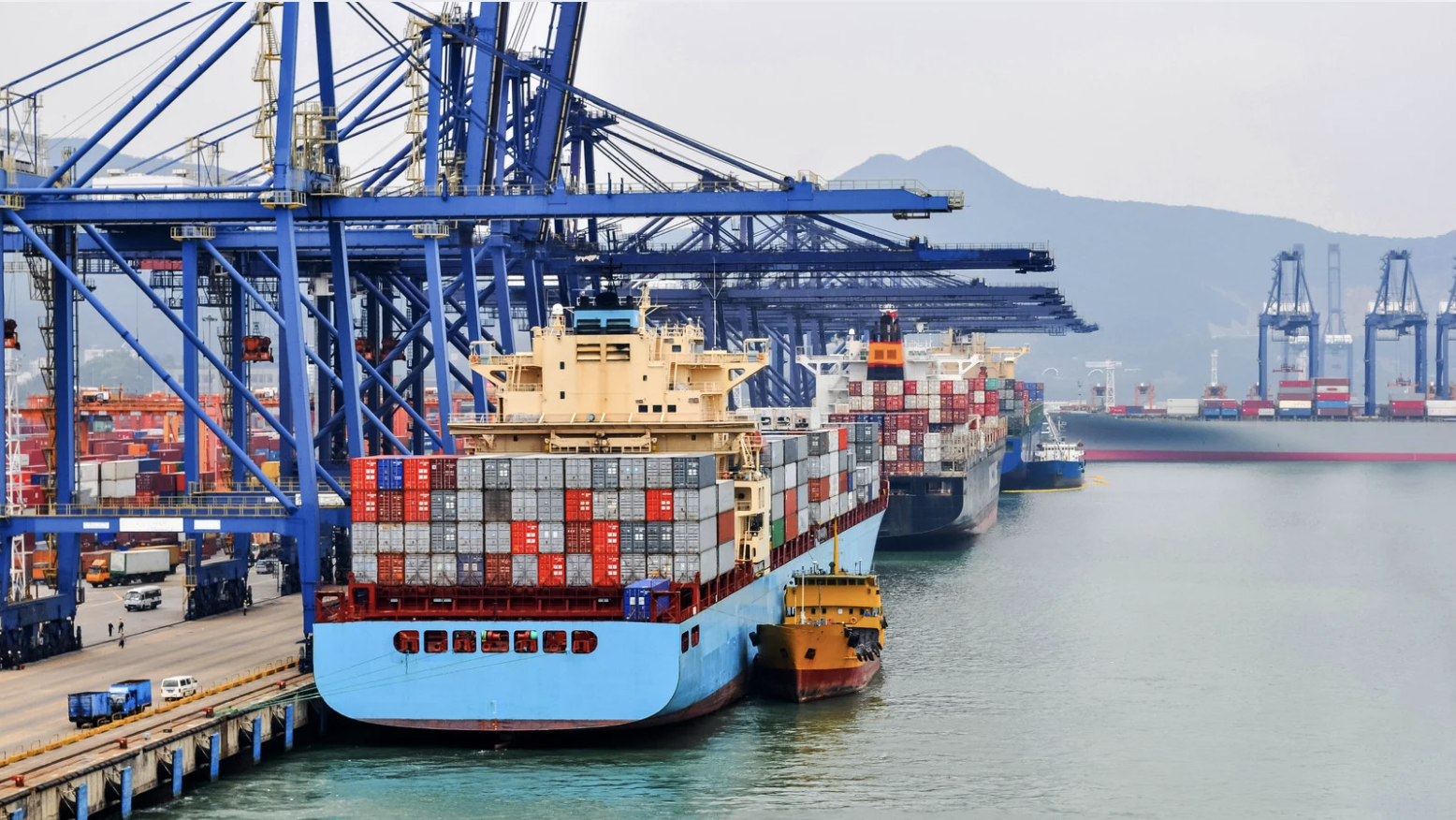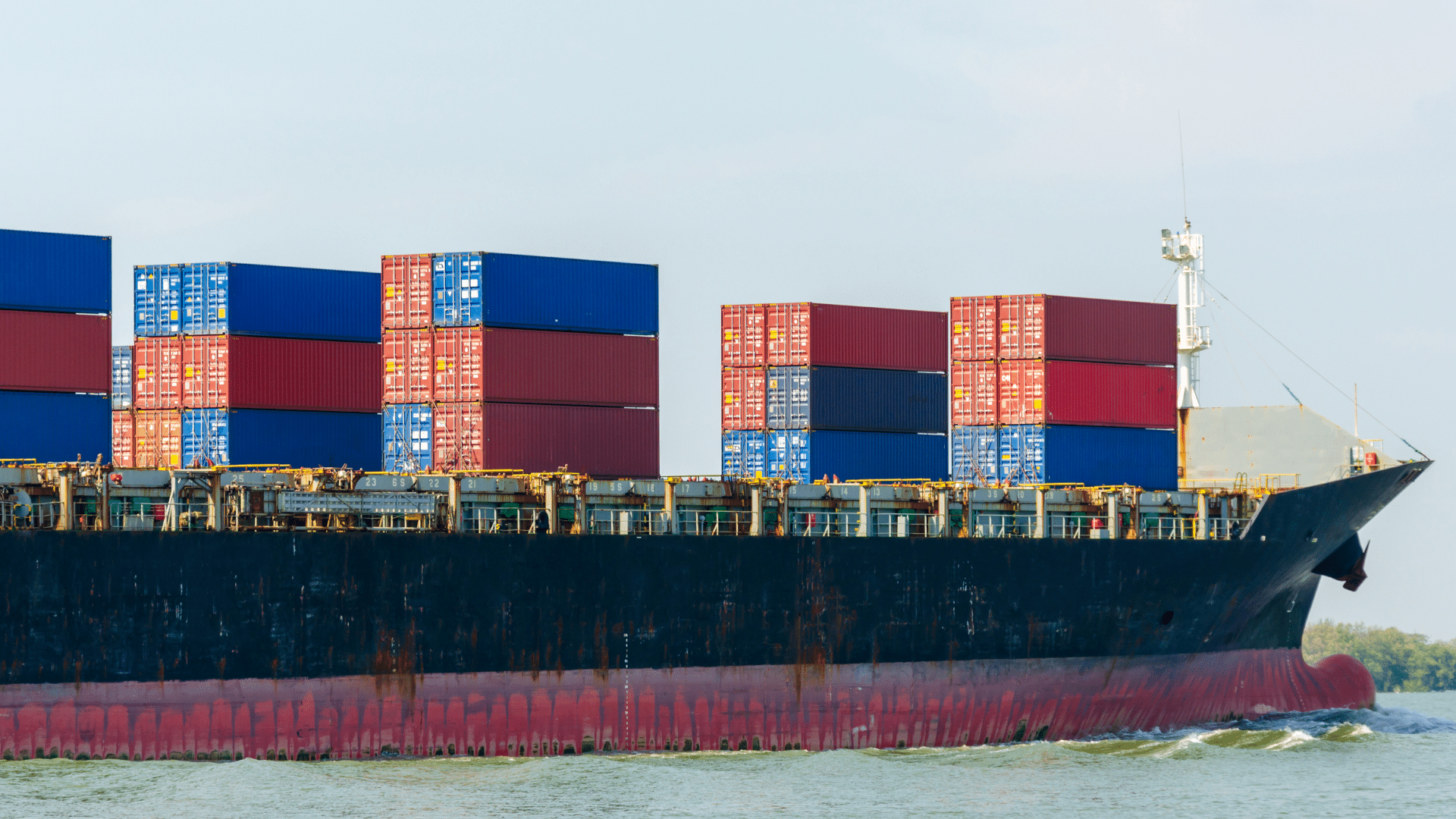When I first started importing goods, I didn’t realize how much weight a single shipping term could carry. You might feel the same, thinking it’s just about paying for transport.
In reality, it decides who takes responsibility if something goes wrong and when risk shifts from seller to buyer.
If you’ve ever wondered what is FOB shipping, you’re already asking one of the most important questions in trade.
I’ve seen how understanding this term can protect deals, save money, and prevent disputes. You’ll notice the difference once you know exactly how FOB works. Now, let’s look at what all this really means.
What Does FOB Mean in Shipping?
FOB, short for Free on Board, is a shipping term that defines when responsibility for goods shifts from the seller to the buyer.
Under FOB, the seller delivers the goods to a specified port and loads them onto the ship, and from that point forward, the buyer takes ownership, covering shipping costs, insurance, and any risks.
FOB is one of the Incoterms, or International Commercial Terms, created by the International Chamber of Commerce to make global trade clearer and more consistent.
These terms, including FOB, CIF, and FCA, outline who handles costs, risk, and paperwork.
With FOB specifically, the critical handoff happens once the goods are loaded onto the ship, making the buyer responsible for anything that follows.
FOB Shipping Point vs. FOB Destination

FOB can be written two ways: shipping point or destination. The difference comes down to when the buyer takes responsibility for the goods and who pays the key costs along the way.
FOB Shipping Point: The buyer takes ownership as soon as the goods leave the seller’s location. From that moment, the buyer covers shipping costs, insurance, and any risks during transit.
FOB Destination: The seller keeps ownership and responsibility until the goods arrive at the buyer’s location. The seller covers the costs and risks until delivery is complete.
| Term | When Responsibility Transfers | Who Pays Freight? | Who Covers Insurance? | Who Handles Risk? |
|---|---|---|---|---|
| FOB Shipping Point | At the seller’s port/shipping dock | Buyer | Buyer (after goods are loaded) | Buyer (after goods are loaded) |
| FOB Destination | At the buyer’s location | Seller | Seller (until delivery) | Seller (until delivery) |
Let’s say a factory in China ships products to a buyer in the U.S.
FOB Shipping Point: The moment the goods are loaded in Shanghai, the buyer in the U.S. becomes responsible. The buyer covers freight, insurance, customs, and final delivery. If the shipment is delayed or damaged, the buyer handles the problem.
FOB Destination: The seller in China remains responsible until the goods arrive at the buyer’s warehouse in the U.S. The seller pays for freight, insurance, and any risks along the way. Only after delivery does the buyer take over.
In short, the version you agree to decides who pays and when responsibility changes hands.
FOB vs. CIF (Cost, Insurance & Freight)
FOB and CIF are two of the most common Incoterms. Both define when ownership and risk move from seller to buyer, but they handle shipping costs in different ways.
FOB (Free on Board): The buyer pays for freight and insurance once the goods are loaded onto the ship. Risk transfers at that point.
CIF (Cost, Insurance, and Freight): The seller pays for freight and insurance to the buyer’s port. Risk still transfers once the goods are loaded, but the seller arranges and pays for shipping to the destination.
Pros and Cons for Buyer vs. Seller
Both FOB and CIF have trade-offs. The pros and cons depend on whether you’re the buyer or the seller, since each side takes on different risks and costs.
| Term | Buyer Pros | Buyer Cons | Seller Pros | Seller Cons |
|---|---|---|---|---|
| FOB (Free on Board) | More control over shipping; Can be cheaper with good freight contacts | Higher risk; Responsible for freight, insurance, customs, and delivery after goods leave seller’s port | Lower costs; Responsibility ends once goods are shipped | Loses control after shipment |
| CIF (Cost, Insurance & Freight) | Easier for beginners; Seller arranges freight and insurance | Less control; Seller may add cost markups | More control over shipping | Higher risk; More upfront expenses until goods reach buyer’s port |
When to Use Each
- Choose FOB if you’re an experienced buyer, want control over shipping, and already have trusted freight forwarders.
- Go for CIF if you’re new to importing, prefer convenience, or don’t want to deal with arranging shipping and insurance yourself.
Your choice depends on whether you value control or convenience.
Practical Implications of FOB
FOB doesn’t just decide shipping costs; it also affects contracts, invoices, and even accounting. Knowing how it works helps avoid confusion and costly mistakes.
How FOB Impacts Contracts and Invoices
FOB terms must be written clearly in sales contracts and purchase orders. They spell out exactly when ownership transfers and who pays for shipping.
On invoices, the costs may change depending on whether it’s FOB Shipping Point or FOB Destination.
Accounting Treatment
In accounting, the timing of revenue and inventory matters.
- Under FOB Shipping Point, buyers record goods in inventory once they leave the seller’s port. Sellers record revenue at the same time.
- Under FOB Destination, buyers don’t record inventory until delivery, and sellers wait to record revenue until the goods arrive.
Misusing FOB can cause disputes. Some buyers assume sellers cover more than they do, or sellers expect buyers to handle costs earlier. Clear terms avoid delays, extra charges, and even legal conflicts.
Common Mistakes and Misconceptions
FOB is simple in theory, but it’s often used the wrong way. Small errors in wording or context can cause big problems in contracts and costs.
Using FOB for Air Freight
FOB is meant for ocean or inland waterway shipping. Many people use it for air freight, but that’s incorrect.
The right Incoterm for air and other transport methods is usually FCA (Free Carrier). Using FOB in the wrong context can create confusion in contracts and disputes over costs.
FOB Origin vs. FOB Destination
“FOB Origin” is another way of saying FOB Shipping Point, where the buyer takes responsibility once goods leave the seller’s port.
“FOB Destination” means the seller is responsible until the shipment arrives at the buyer’s location. Mixing these terms up can lead to mistakes in contracts, invoices, and accounting records.
Assuming FOB Includes Insurance
A common misconception is that FOB terms automatically cover insurance. In reality, insurance isn’t included unless it’s specifically agreed upon in the contract.
Under FOB Shipping Point, the buyer must arrange their own coverage. Without this, goods could travel uninsured, leaving one side exposed if damage occurs.
Wrapping Up
Understanding “What is FOB shipping?” goes beyond figuring out freight costs. It shapes how smoothly your transactions run, how risks are shared, and even how strong your supplier relationships become.
You’ll want to think carefully about whether FOB Shipping Point or Destination gives you the right balance of control and responsibility.
Clear terms will protect you from disputes and hidden costs, while the right choice can also strengthen your bottom line.
I’ve seen how a well-structured FOB agreement makes global trade feel less overwhelming, and you can experience the same.
To keep learning, read my other blogs on shipping and trade to sharpen your knowledge today.















